Home>Garden Essentials>How To Grow Jalapeño Peppers From Seeds
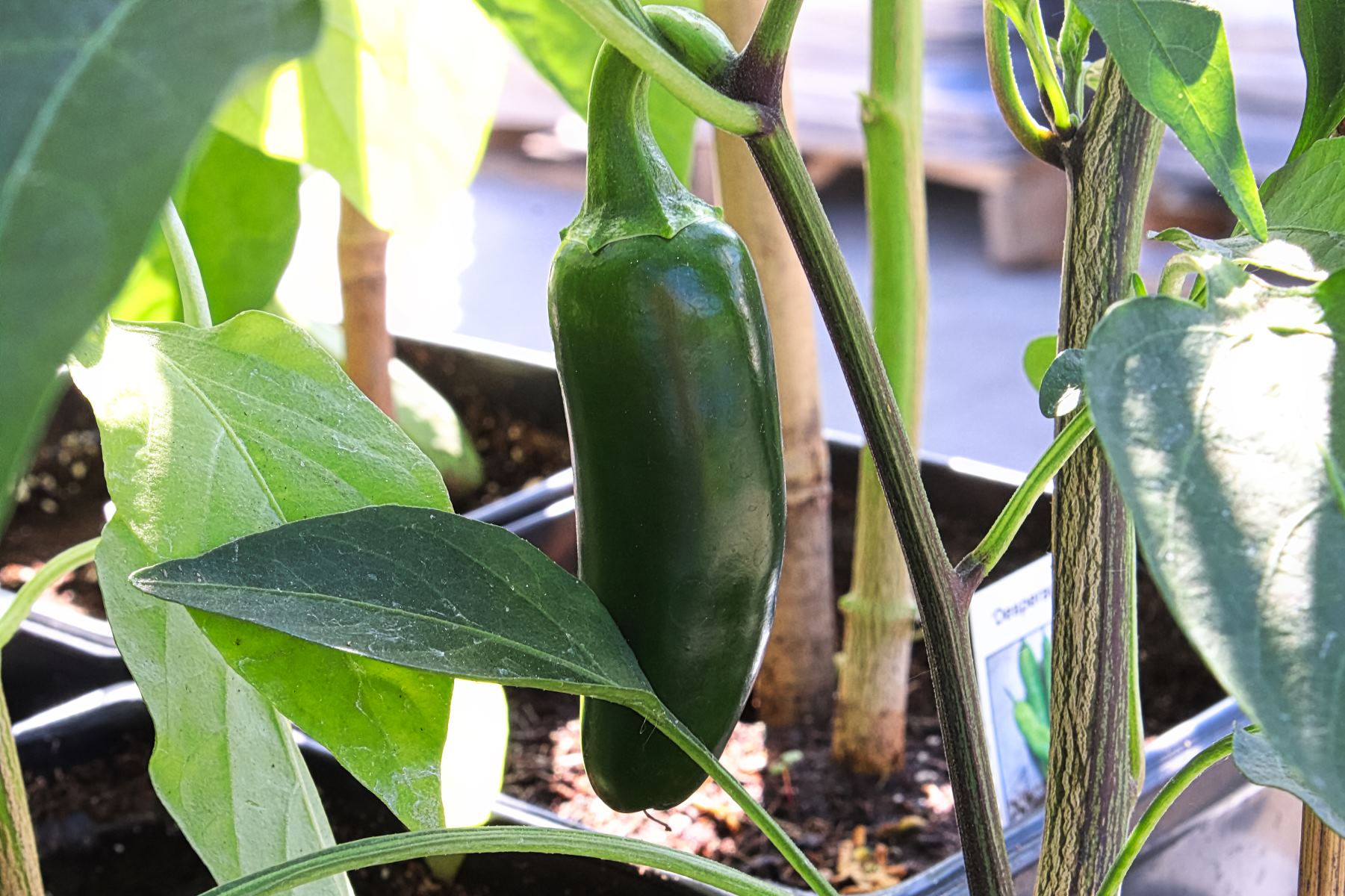

Garden Essentials
How To Grow Jalapeño Peppers From Seeds
Modified: March 16, 2024
Learn how to grow jalapeno peppers from seeds in your garden. Get expert tips and tricks for a successful harvest.
(Many of the links in this article redirect to a specific reviewed product. Your purchase of these products through affiliate links helps to generate commission for Storables.com, at no extra cost. Learn more)
Introduction
Welcome to the world of gardening! Growing your own jalapeno peppers from seeds can be a rewarding and satisfying experience. Not only do you get to enjoy the spicy kick of these versatile peppers in your favorite dishes, but you also get the joy of cultivating a plant from its very beginning.
Jalapeno peppers are a popular choice for home gardeners due to their relatively easy cultivation and wide range of culinary uses. Whether you want to add some heat to your homemade salsa, stuff them with cheese for poppers, or simply enjoy them in fresh salads, growing jalapeno peppers allows you to have a fresh supply right at your fingertips.
In this article, we will guide you through the process of growing jalapeno peppers from seeds. We will cover everything from choosing the right seeds and preparing the seed starting mix to germinating the seeds, transplanting the seedlings, and caring for the plants until harvest.
So get your gardening gloves ready and let’s get started on this flavorful journey!
Key Takeaways:
- Choose the right jalapeno seeds by considering variety, freshness, and heat level. This ensures a successful pepper-growing journey tailored to your taste preferences and gardening goals.
- Provide proper care for jalapeno plants by watering, fertilizing, and monitoring for pests and diseases. Harvest ripe peppers for flavorful culinary creations and share the joy of homegrown goodness with others.
Read more: How To Grow Peppers From Seed
Choosing Jalapeno Seeds
When it comes to choosing jalapeno seeds, you have a variety of options. You can purchase seeds from a local nursery or garden center, order them online, or even save seeds from your own jalapeno peppers. Here are some important factors to consider when selecting your jalapeno seeds:
- Variety: There are many different varieties of jalapeno peppers available, each with its unique characteristics. Some popular varieties include Early Jalapeno, Jalapeno M, and Jalapeno Purple. Consider what you plan to use the peppers for and choose a variety that suits your taste preferences and culinary needs.
- Seed Source: It is crucial to obtain high-quality seeds from a reputable source. This ensures that your plants will grow to their full potential and produce healthy, flavorful peppers. Look for seeds that are certified organic or non-GMO for the best results.
- Freshness: Fresh seeds have a higher germination rate, which means they are more likely to successfully sprout into seedlings. Check the packaging or inquire about the seed’s freshness when making your purchase.
- Hotness Level: Jalapeno peppers can vary in their heat level. If you prefer milder peppers, look for seeds labeled as “mild” or “low-heat.” On the other hand, if you prefer a fiery kick, opt for seeds that are labeled as “hot” or “high-heat.”
- Plant Characteristics: Consider the size and growth habit of the plants when choosing jalapeno seeds. Some varieties stay compact and are suitable for container gardening, while others may grow larger and require more space in your garden.
Remember, selecting the right jalapeno seeds is the first step towards a successful pepper-growing journey. Take your time to research different varieties and choose seeds that align with your gardening goals and flavor preferences.
Preparing the Seed Starting Mix
Before you can start germinating your jalapeno seeds, it is essential to prepare a suitable seed starting mix. This provides the ideal conditions for seedlings to develop strong roots and healthy growth. Here’s how you can make your own seed starting mix:
- Ingredients: To make a basic seed starting mix, you will need equal parts of sterile potting soil, vermiculite or perlite, and coconut coir or peat moss. These components help to retain moisture, provide aeration, and support seedling growth.
- Container: Use a clean container or tray with drainage holes to hold the seed starting mix. This can be a seed tray, peat pots, or recycled containers with holes poked in the bottom for drainage.
- Mixing the Ingredients: Combine the equal parts of potting soil, vermiculite or perlite, and coconut coir or peat moss in a large bucket or container. Mix them thoroughly until well blended.
- Moistening the Mix: Add water to the mixture gradually, stirring as you go, until the seed starting mix becomes evenly moist but not soggy. It should hold its shape when squeezed but not release excess water.
- Filling the Containers: Fill your chosen containers with the seed starting mix, leaving a small gap at the top. Gently tamp down the mix to create a level surface for sowing the seeds.
Once you have prepared the seed starting mix, it’s time to move on to germinating your jalapeno seeds. Remember to label each container with the variety of the seeds you have sown to keep track of their progress. Place the containers in a warm and well-lit area, and provide the necessary care and attention to ensure successful germination.
By preparing a nutrient-rich and well-draining seed starting mix, you are setting the stage for healthy seedlings and a thriving jalapeno pepper garden.
Germinating Jalapeno Seeds
Germination is the process by which seeds sprout and develop into seedlings. When it comes to jalapeno peppers, proper germination is crucial for ensuring a successful start to the growing process. Follow these steps to germinate your jalapeno seeds:
- Sowing the Seeds: Using your finger or a small dibber, make small indentations in the seed starting mix, about ¼ inch deep. Place one or two seeds in each indentation, then gently cover them with a thin layer of the seed starting mix.
- Moisture and Warmth: After sowing the seeds, it’s important to provide the right conditions for germination. Mist the seed trays or containers with water to keep the soil moist but not waterlogged. Cover the trays with a plastic dome or place them inside a plastic bag to create a humid environment. Place the containers in a warm location, preferably with a temperature between 75-85°F (24-29°C).
- Patience and Monitoring: Germination can take anywhere from 7 to 14 days, so be patient. Keep an eye on the trays to ensure that the soil remains moist. Check them daily for any signs of sprouting. Once the seedlings emerge, remove the plastic coverings to allow air circulation.
- Providing Light: Once the seedlings have sprouted, they require adequate light for healthy growth. Place the trays in a sunny location, or use grow lights to provide 12-16 hours of artificial light per day. Position the light source about 6-12 inches above the seedlings.
- Thinning the Seedlings: If you have multiple seedlings growing in the same container, it is important to thin them out to avoid overcrowding. Keep the strongest and healthiest seedling and carefully remove the others by cutting them at the soil level. This allows the remaining seedling to have enough space and resources to grow.
Remember to continue watering the seedlings from the bottom to avoid wetting the leaves, as this can lead to fungal diseases. As the plants grow, you can gradually increase the amount of water provided.
By following these steps, you will ensure successful germination and healthy growth of your jalapeno seedlings. Soon, you’ll be on your way to enjoying homegrown jalapeno peppers!
Transplanting Seedlings
Once your jalapeno seedlings have grown strong and developed several sets of true leaves, it’s time to transplant them into larger containers or your garden. Transplanting seedlings allows them to have more space for root development and access to nutrients for optimal growth. Here’s a step-by-step guide on how to transplant your jalapeno seedlings:
- Selecting Containers: Choose containers that are at least 4-6 inches deep and have drainage holes. Alternatively, if you plan on transplanting the seedlings directly into your garden, ensure that the soil is well-drained and enriched with organic matter.
- Preparing the Containers: Fill the containers with well-draining potting soil, leaving about an inch of space at the top. Make a small hole in the center of each container, wide and deep enough to accommodate the seedling’s root ball.
- Watering the Seedlings: Water the seedlings thoroughly a few hours before transplanting. This will help to loosen the soil around the roots, making it easier to lift the seedlings without causing root damage.
- Transplanting Process: Gently loosen the soil around the seedlings, being careful not to damage the roots. Using a spoon, plant dibber, or your fingers, lift each seedling from the tray, holding it by the leaves, and place it in the prepared hole in the container or the garden soil. Bury the seedling up to the base of the lowest set of leaves.
- Watering and Mulching: After transplanting, water the seedlings thoroughly to help settle the soil and provide moisture to the roots. Apply a layer of organic mulch around the base of the plants to retain moisture, suppress weed growth, and regulate soil temperature.
- Easing the Transition: If transplanting the seedlings into the garden, it’s important to harden them off gradually. This involves exposing them to outdoor conditions for a few hours each day, gradually increasing the time over the course of a week. This helps the seedlings adjust to the temperature, sunlight, and wind, reducing the risk of transplant shock.
Keep a close eye on your transplanted seedlings and provide regular water and proper care as they establish themselves in their new containers or garden beds. Within a few weeks, you will start seeing vigorous growth as your jalapeno plants continue to thrive and produce peppers.
Transplanting seedlings is an important step in the journey of growing jalapeno peppers, ensuring their healthy development and setting the stage for a bountiful harvest.
To grow jalapeno peppers from seeds, start them indoors 8-10 weeks before the last frost. Use a seed starting mix, keep the soil moist, and provide plenty of sunlight. Transplant seedlings outdoors after the last frost.
Read more: How To Grow Serrano Peppers From Seeds
Caring for Jalapeno Plants
Once your jalapeno seedlings have been transplanted and are established in their containers or garden beds, it’s important to provide proper care to ensure their continued growth and productivity. Here are some essential tips for caring for your jalapeno plants:
- Watering: Jalapeno plants prefer consistent moisture but are moderately drought-tolerant. Water them deeply once or twice a week, allowing the soil to dry slightly between waterings. Avoid overwatering, as it can lead to root rot and other diseases.
- Fertilization: Feed your jalapeno plants with a balanced organic fertilizer every four to six weeks during the growing season. Follow the instructions on the fertilizer package for proper dosage. Avoid over-fertilization, as it can result in excessive foliage growth at the expense of fruit production.
- Sunlight: Jalapeno plants require full sun for at least six to eight hours a day. Place them in a location where they can receive ample sunlight to promote healthy growth and maximize pepper production.
- Support: As your jalapeno plants grow, they may become top-heavy with the weight of peppers. Consider providing support, such as stakes or cages, to prevent the plants from bending or breaking. This will also make it easier to harvest the peppers without damaging the plant.
- Weed Control: Regularly remove weeds from around your jalapeno plants to prevent competition for nutrients and reduce the risk of pests and diseases. Mulching around the base of the plants can also help suppress weed growth.
- Pest and Disease Management: Keep an eye out for common pests like aphids, caterpillars, and spider mites. Regularly inspect your plants for any signs of disease, such as leaf spots or wilting. If necessary, use organic insecticides or fungicides to control pests and diseases, following the instructions on the product label.
- Pruning: Although not necessary, you can prune your jalapeno plants to increase air circulation and sunlight penetration. Remove any damaged or diseased leaves or branches, and trim back excessive growth to maintain a compact and manageable plant size.
- Harvesting: Jalapeno peppers are typically ready to be harvested 70-90 days after planting. They can be harvested at different stages of ripeness, depending on your preference. Use a sharp pair of scissors or pruners to cut the peppers from the plant, leaving a small portion of the stem intact.
By providing proper care and attention, your jalapeno plants will flourish, producing an abundance of spicy peppers for you to enjoy in various culinary creations.
Troubleshooting Common Issues
As with any plants, jalapeno peppers can sometimes encounter problems that impede their growth and productivity. Identifying and addressing these common issues early on can help ensure the health and success of your jalapeno plants. Here are some troubleshooting tips for common problems you may encounter:
- Poor Fruit Set: If your jalapeno plants are flowering but not producing fruit, it could be due to inadequate pollination. Try gently shaking or tapping the plants to encourage pollination. Also, ensure that the plants are receiving sufficient sunlight and that temperatures are within the optimal range for pepper production.
- Yellowing Leaves: Yellowing leaves can be a sign of nutrient deficiency, such as a lack of nitrogen or iron. Make sure you are fertilizing your plants regularly and providing them with a balanced diet. Yellowing leaves may also be a symptom of overwatering or poor drainage. Adjust your watering practices accordingly.
- Pest Infestation: Common pests such as aphids, caterpillars, and spider mites can be a nuisance to jalapeno plants. If you notice signs of pest damage, such as chewed leaves or distorted growth, take immediate action. Consider using organic insecticides or employing natural pest control methods like introducing beneficial insects or using insecticidal soap.
- Leaf Spot Diseases: Leaf spots, characterized by brown or black spots on the leaves, can be caused by fungal or bacterial infections. To prevent the spread of these diseases, remove infected leaves and dispose of them properly. Avoid overhead watering and provide adequate air circulation around the plants. If necessary, apply organic fungicides following the instructions on the product label.
- Blossom End Rot: Blossom end rot appears as brown, sunken lesions at the bottom of the fruits. It is a calcium deficiency caused by inconsistent watering or poor calcium uptake. Ensure that your plants receive consistent moisture by practicing proper watering techniques. Adding calcium-rich amendments to the soil or using calcium-enriched organic fertilizers can also help prevent this issue.
- Wilting Plants: Wilting can be a sign of various issues, including overwatering, underwatering, root rot, or a fungal disease. Assess the moisture levels of the soil and adjust your watering practices accordingly. If the wilting persists, inspect the roots for any signs of rot or disease. Discontinue watering until the soil has dried out and consider implementing appropriate measures based on the specific issue.
Remember that prevention is key to avoiding these common issues. Providing your jalapeno plants with optimal growing conditions, proper care, and regular monitoring will go a long way in minimizing the risk of problems and ensuring the success of your pepper garden.
Harvesting Jalapeno Peppers
Harvesting your jalapeno peppers is an exciting reward for all your hard work and patience. Knowing the right time to harvest ensures that you enjoy the best flavor and heat from your peppers. Here are some steps to follow when harvesting jalapeno peppers:
- Observing Pepper Appearance: Jalapeno peppers are typically ready to be harvested 70-90 days after planting. Look for mature peppers that are firm, glossy, and have a vibrant green color. Depending on the variety, some jalapenos may also turn red or purple when fully ripe.
- Checking Pepper Size: The size of the jalapeno peppers can vary depending on the variety and your preference. For mild to medium heat, harvest the peppers when they reach a length of about 3-4 inches. If you prefer a spicier kick, allow them to grow larger, up to 6 inches in length.
- Understanding Ripeness: Jalapeno peppers can be harvested at different stages of ripeness. If you prefer milder flavor, harvest the peppers when they are still green. For a hotter taste, leave the peppers on the plant until they turn red or purple.
- Harvesting Technique: To harvest jalapeno peppers, use a sharp pair of scissors or pruners. Hold the stem of the pepper with one hand and cut it off just above the stem, leaving a small portion attached. Avoid pulling or yanking the peppers, as this can damage the plant.
- Harvesting Frequency: Jalapeno plants can continue to produce peppers throughout the growing season. Harvest the peppers as they reach the desired size and color, making sure to check the plants regularly. This encourages the plant to keep producing more peppers.
- Storing Jalapeno Peppers: Freshly harvested jalapeno peppers can be stored in the refrigerator in a perforated plastic bag for up to two weeks. For longer-term storage, jalapenos can be frozen. Simply wash, cut, and remove the seeds, then place them in an airtight container or freezer bag.
Keep in mind that the heat level of jalapeno peppers can vary, even within the same plant. The capsaicin compound responsible for the “heat” of the peppers develops over time. So if you prefer milder peppers, harvest them earlier in their maturity stage.
Now that you know when to harvest and how to handle jalapeno peppers, you can enjoy their spicy goodness in your favorite recipes. From salsas and hot sauces to stuffed peppers and more, the possibilities are endless!
Conclusion
Congratulations on successfully growing your own jalapeno peppers from seeds! By following the steps outlined in this guide, you have learned how to choose the right seeds, prepare the seed starting mix, germinate the seeds, transplant the seedlings, and care for your jalapeno plants. Through the ups and downs of the growing process, you have gained valuable knowledge and experience as a gardener.
Growing jalapeno peppers can be a truly rewarding endeavor. Not only do you get to enjoy the spicy kick in your favorite dishes, but you also get to savor the satisfaction of nurturing a plant from its earliest stages to fruition. The joy of harvesting a fresh, homegrown jalapeno pepper and incorporating it into your culinary creations is unparalleled.
Remember to provide ample sunlight, water, and nutrients to your jalapeno plants. Keep a watchful eye for potential issues such as pests, diseases, and nutrient deficiencies, and address them promptly. By doing so, you can ensure the health and vitality of your plants, maximizing their productivity.
Whether you’re adding a zesty punch to salsa, stuffing them for delicious poppers, or enjoying them sliced in sandwiches and salads, your homegrown jalapeno peppers will enhance your culinary adventures with their unique flavor and heat.
Don’t be afraid to experiment and get creative in the kitchen with your jalapeno peppers. Share the bounty with friends and family, and spread the joy of homegrown goodness.
So, roll up your sleeves, put on your gardening gloves, and let the spicy journey begin! With the knowledge and skills you have acquired, your future gardening endeavors will thrive as you continue to explore the world of growing and savor the fruits of your efforts.
Frequently Asked Questions about How To Grow Jalapeño Peppers From Seeds
Was this page helpful?
At Storables.com, we guarantee accurate and reliable information. Our content, validated by Expert Board Contributors, is crafted following stringent Editorial Policies. We're committed to providing you with well-researched, expert-backed insights for all your informational needs.
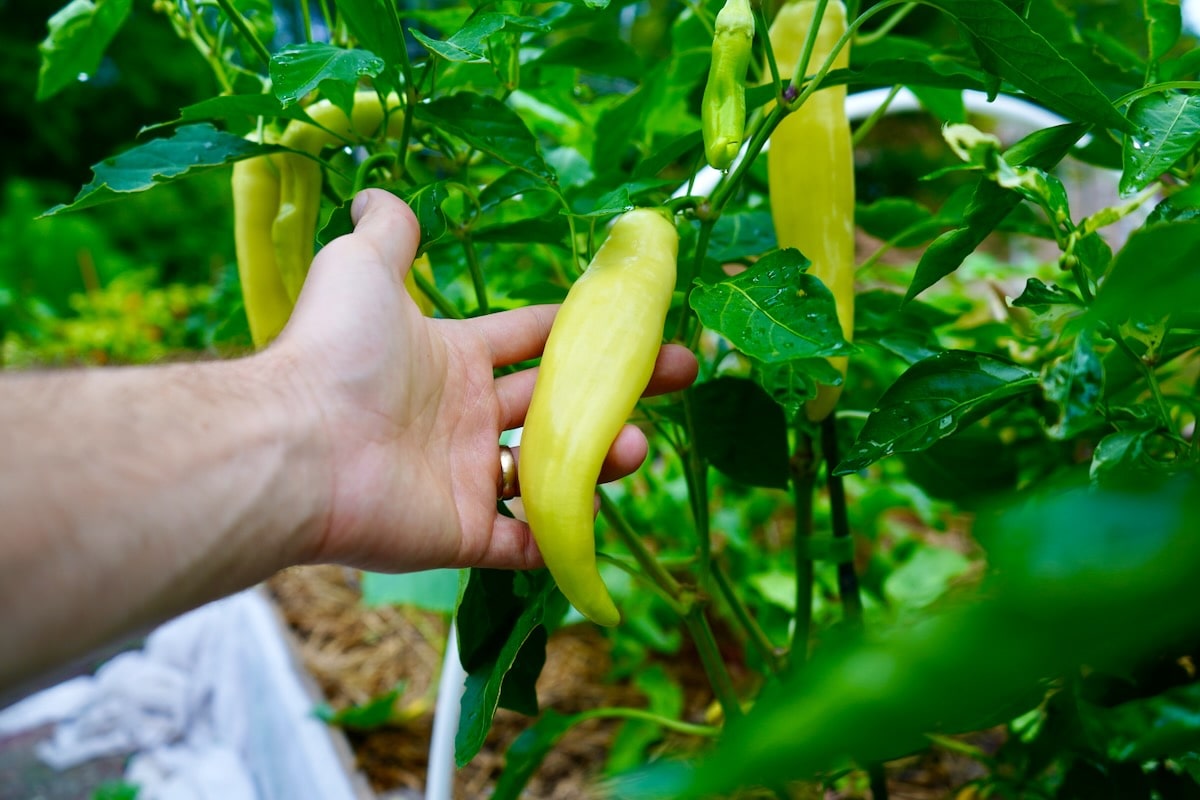
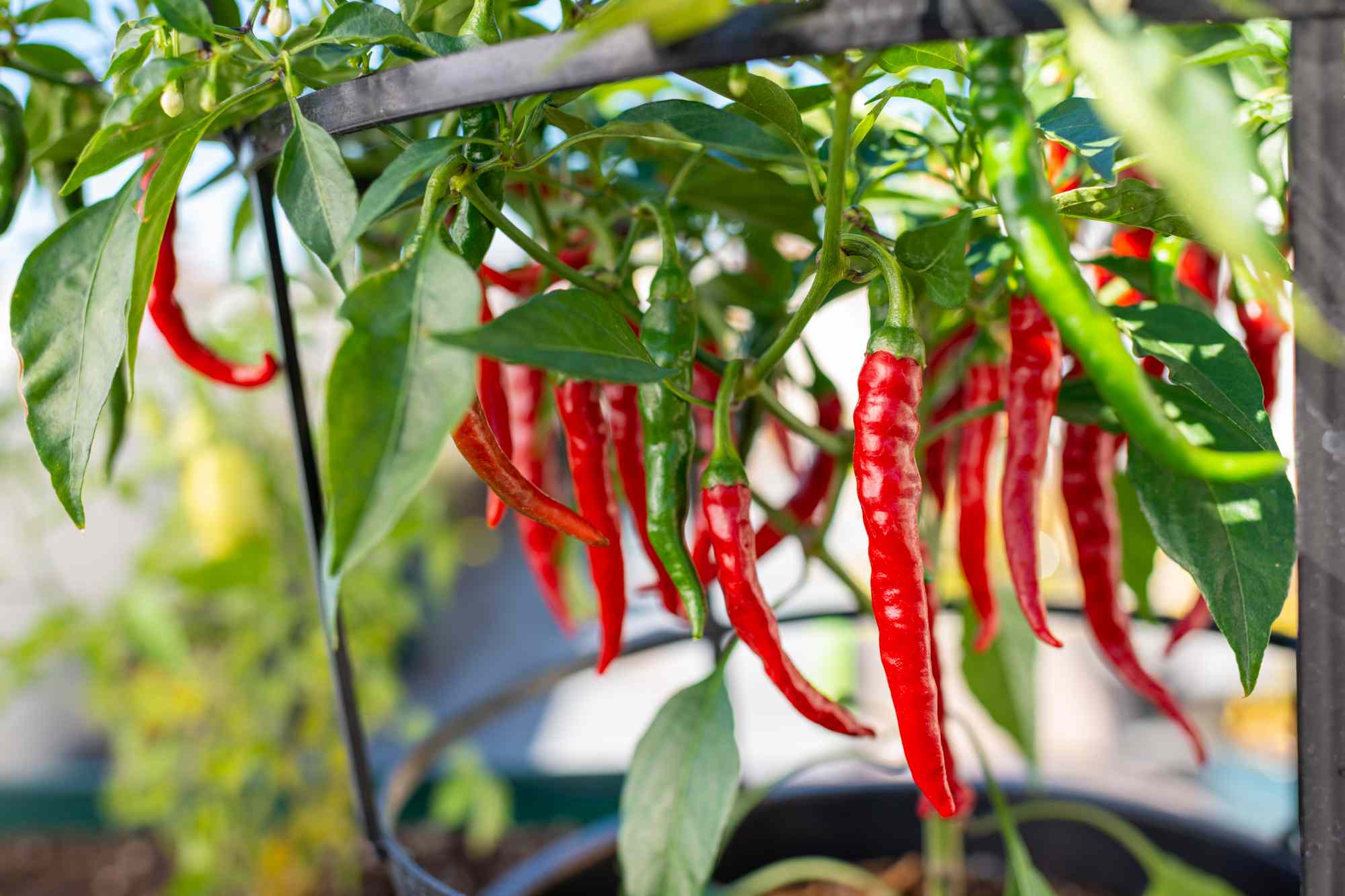
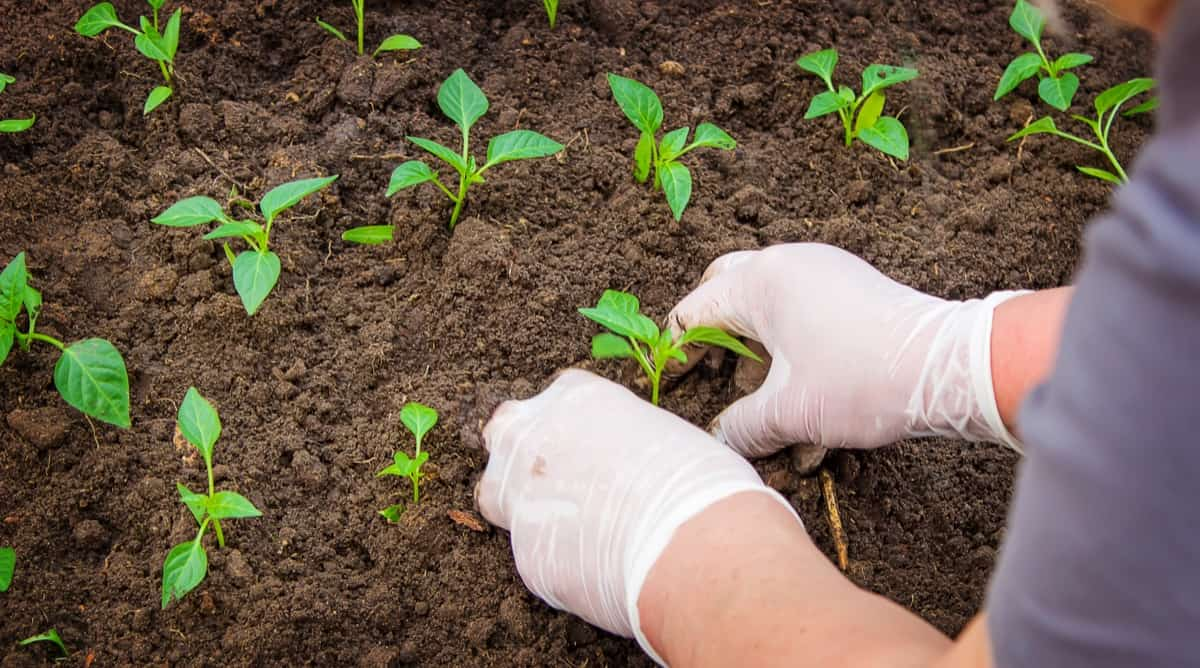
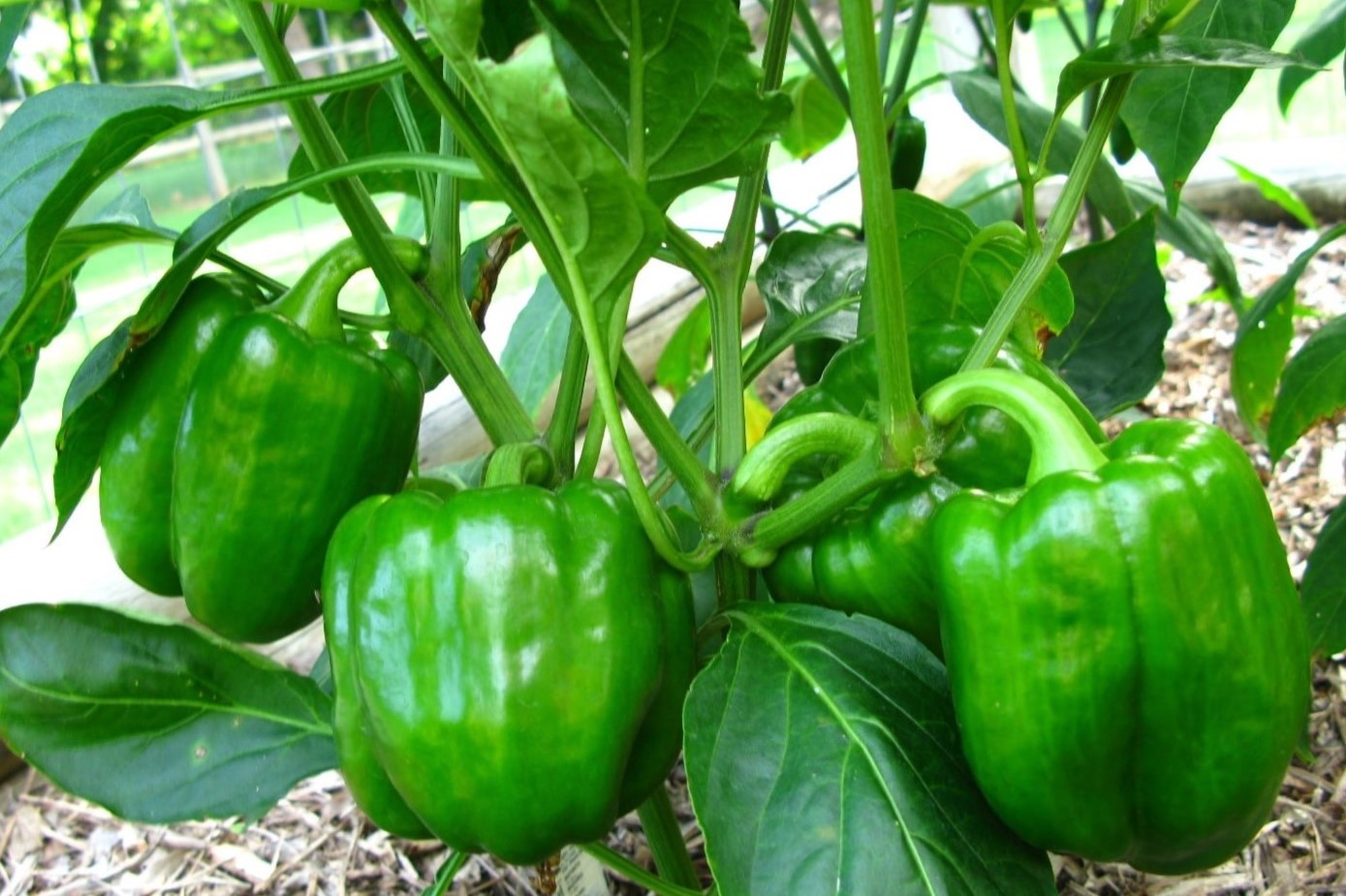

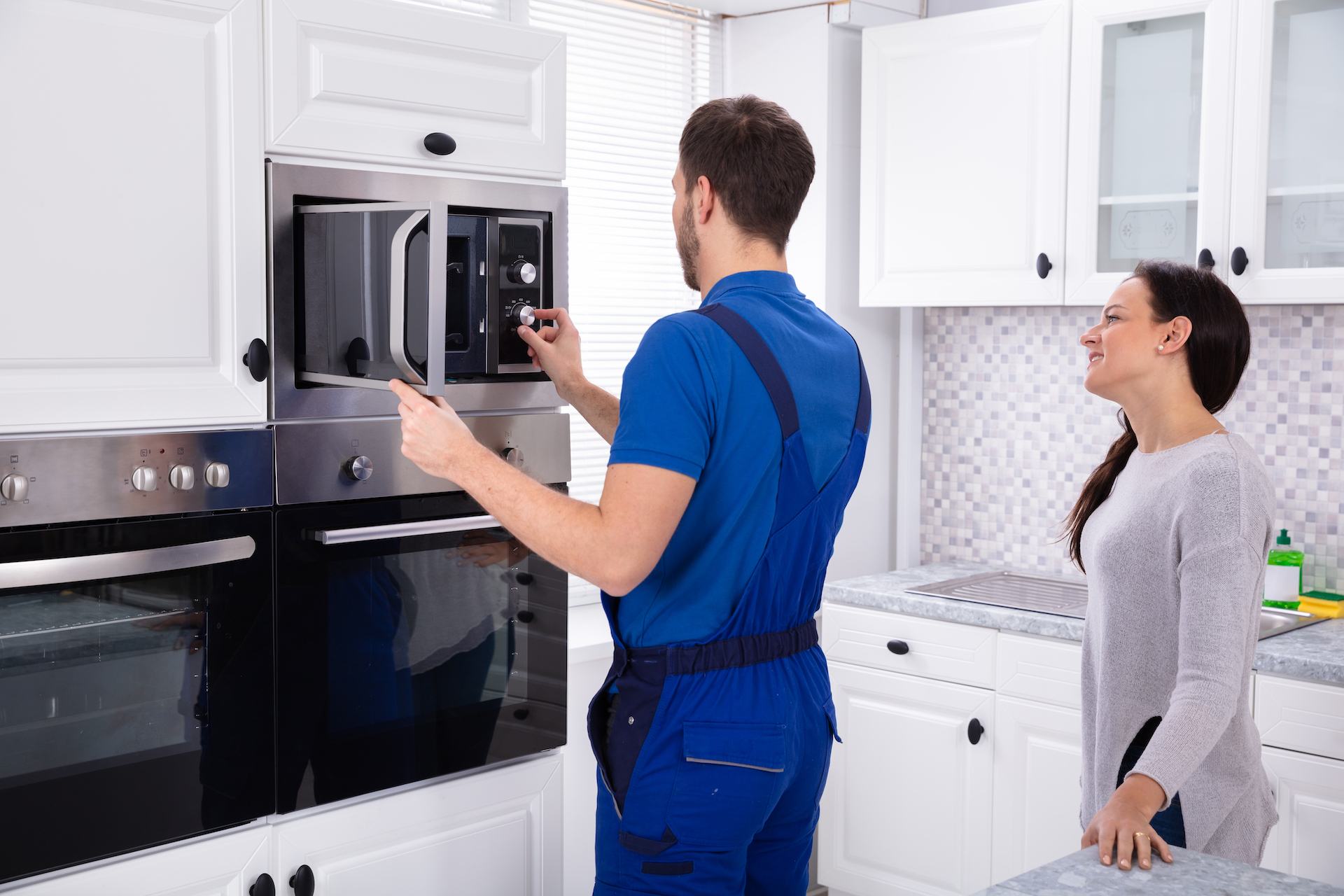
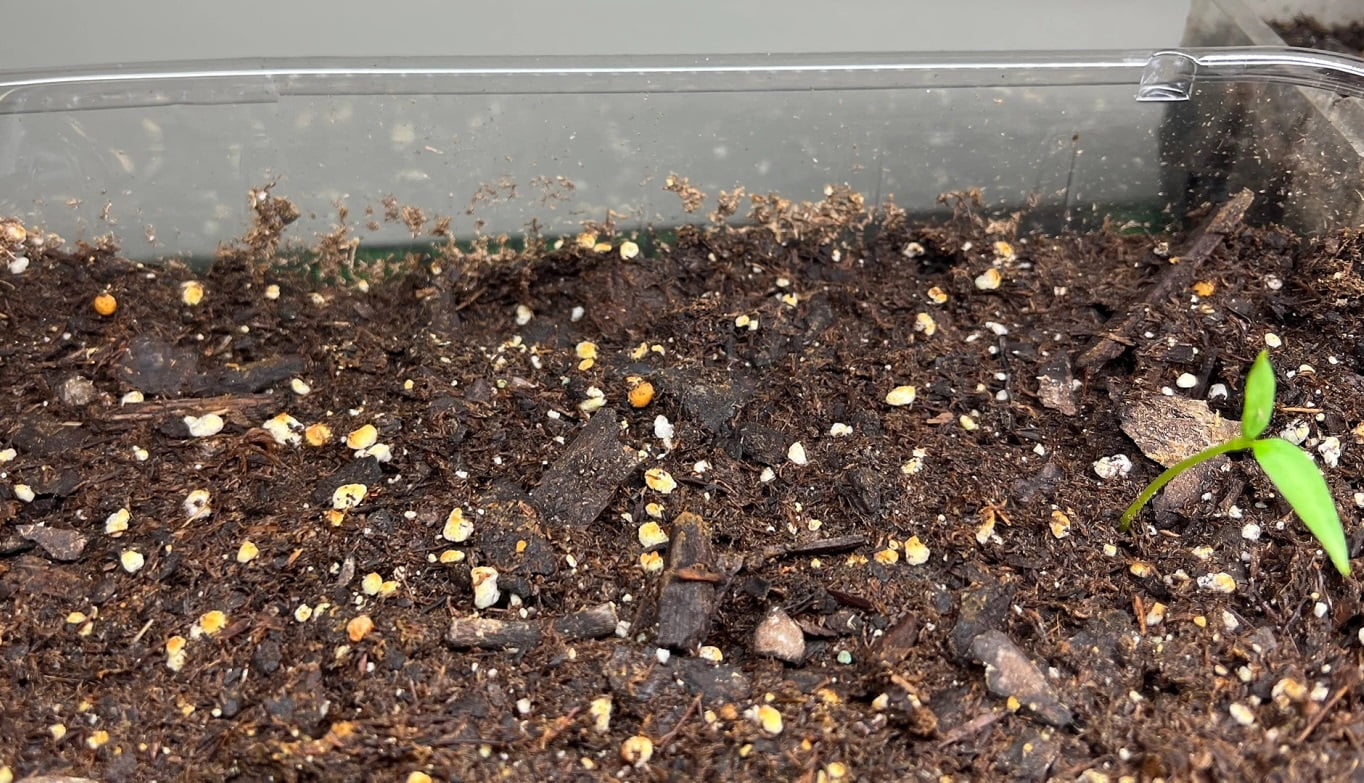
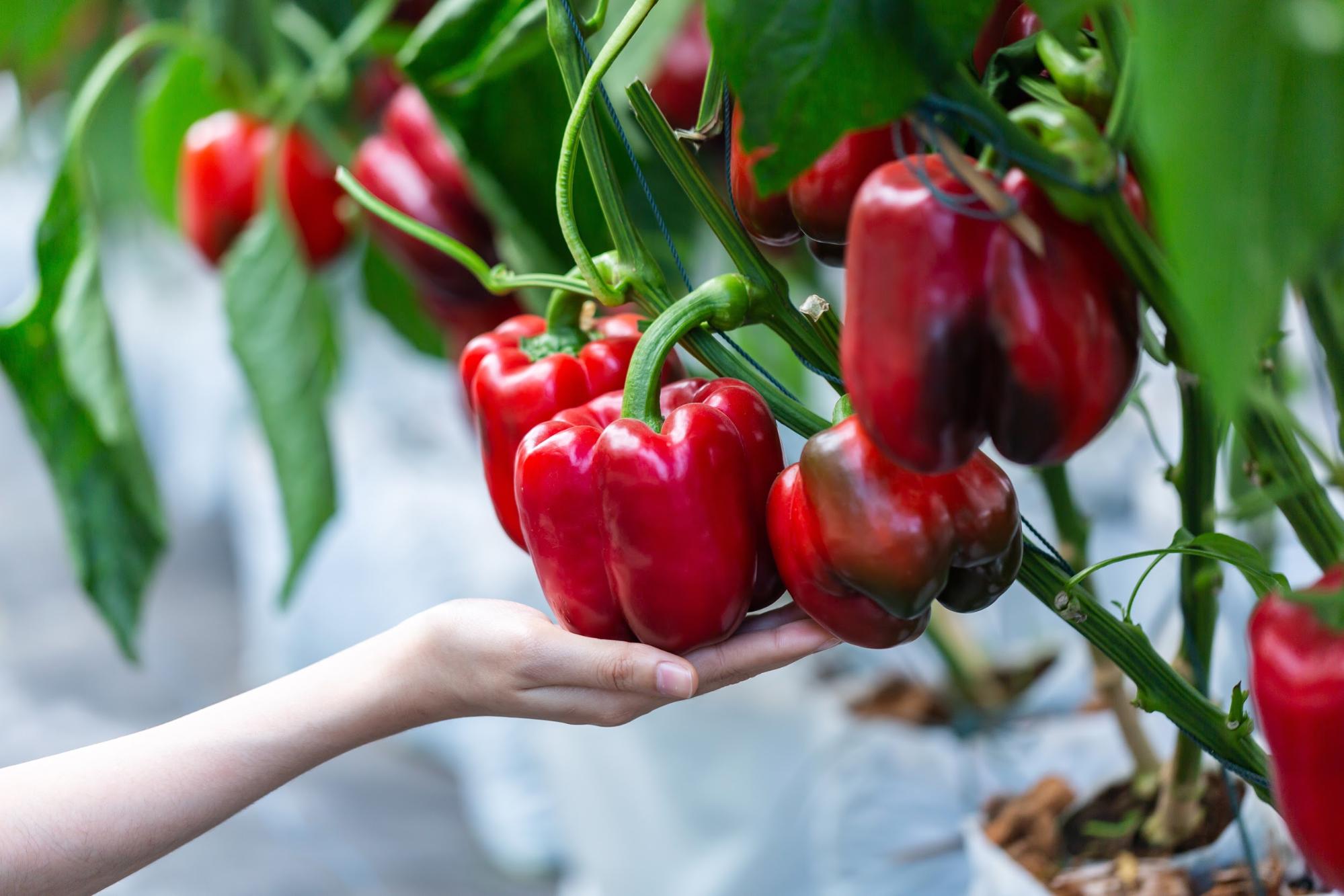
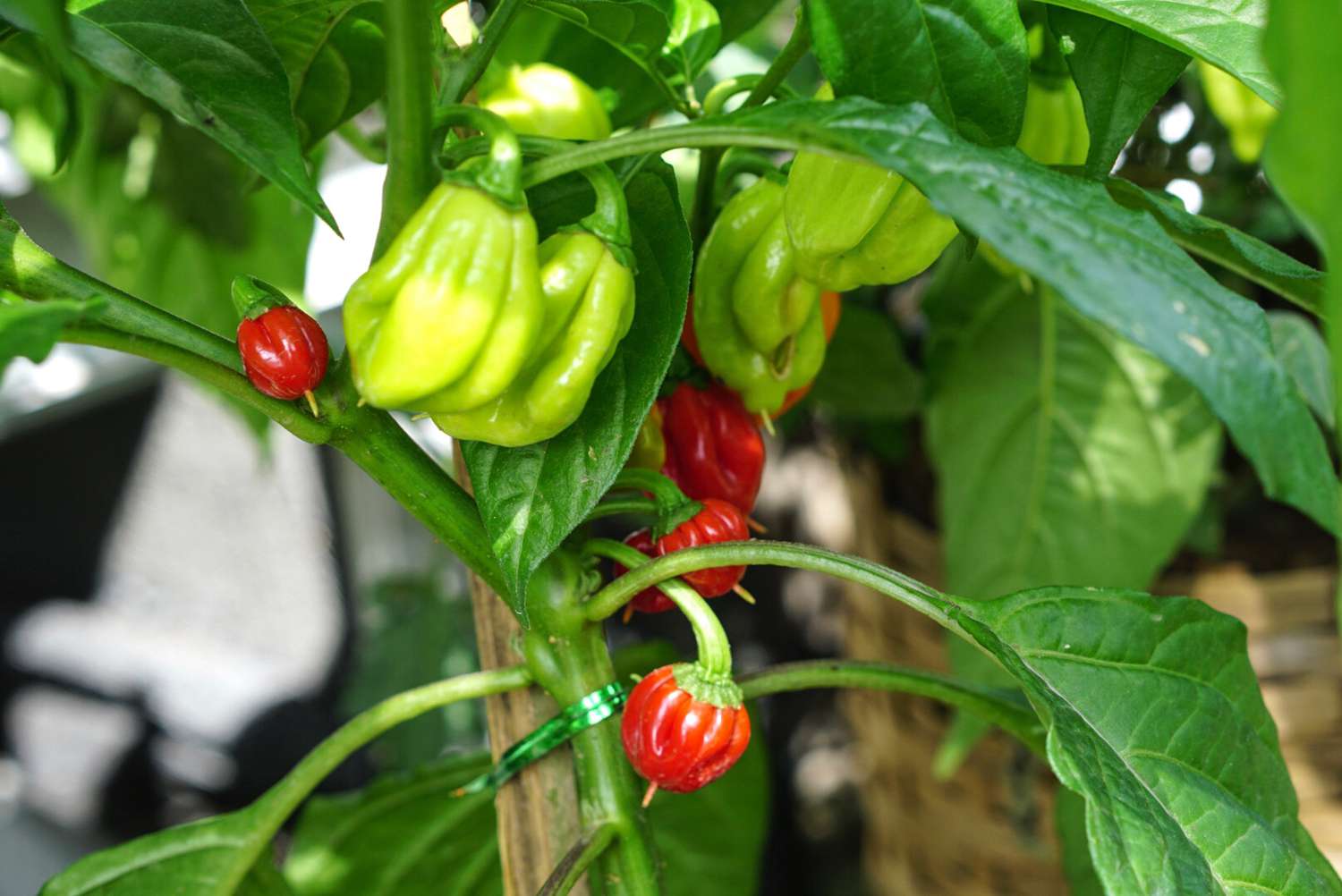
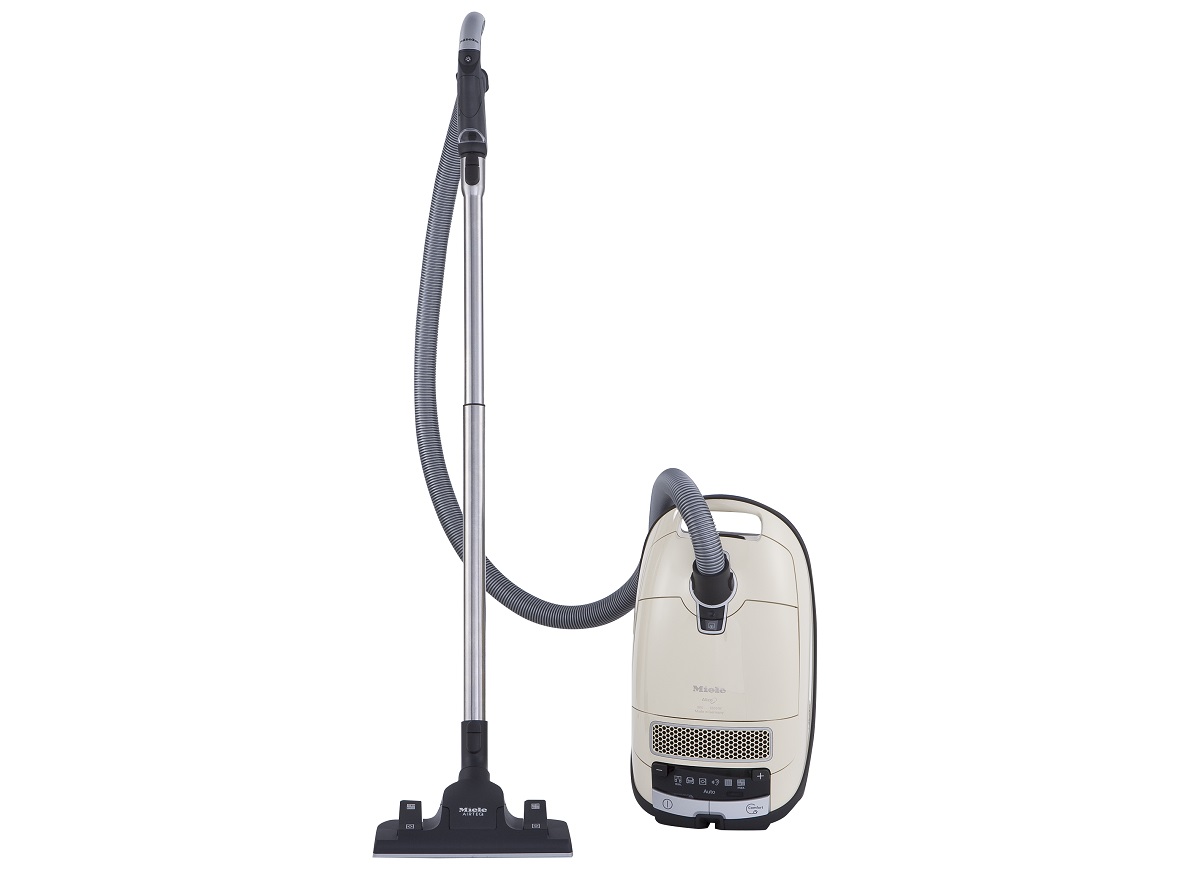

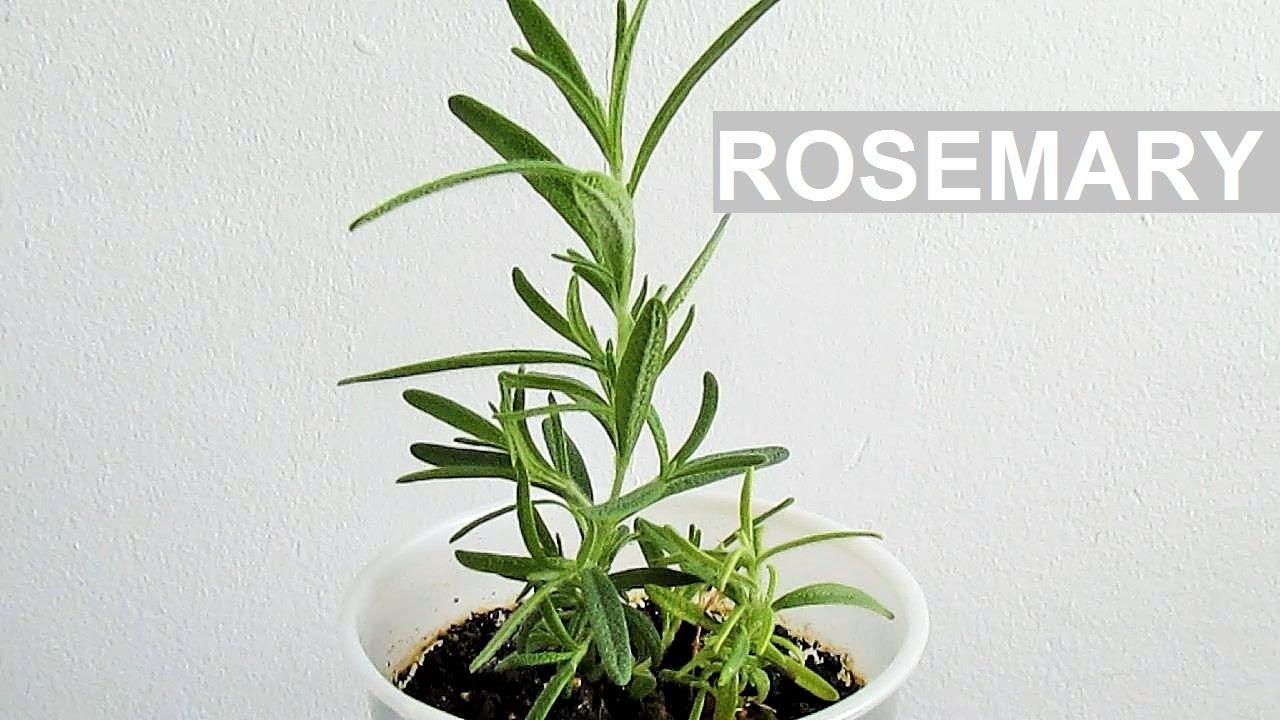
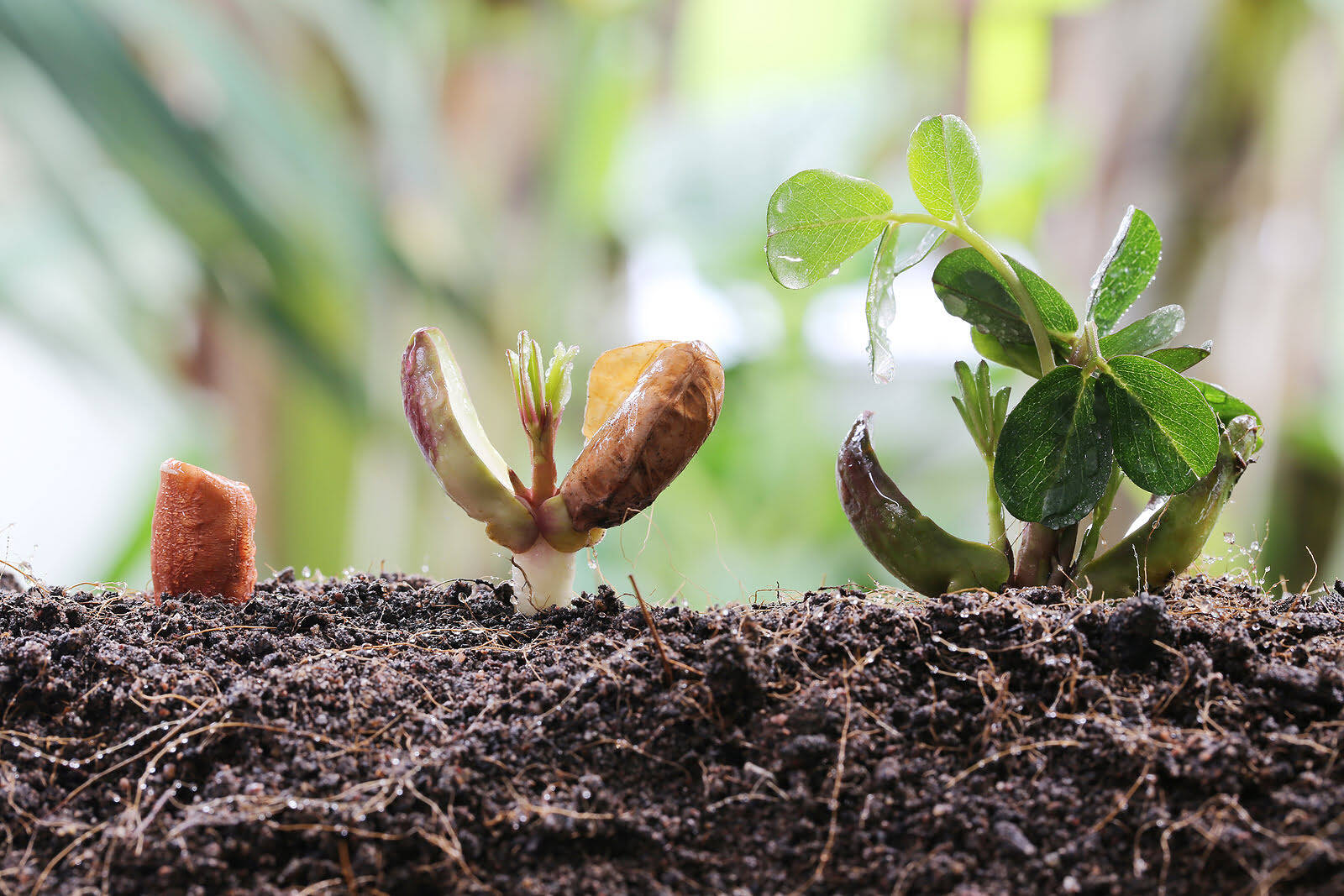
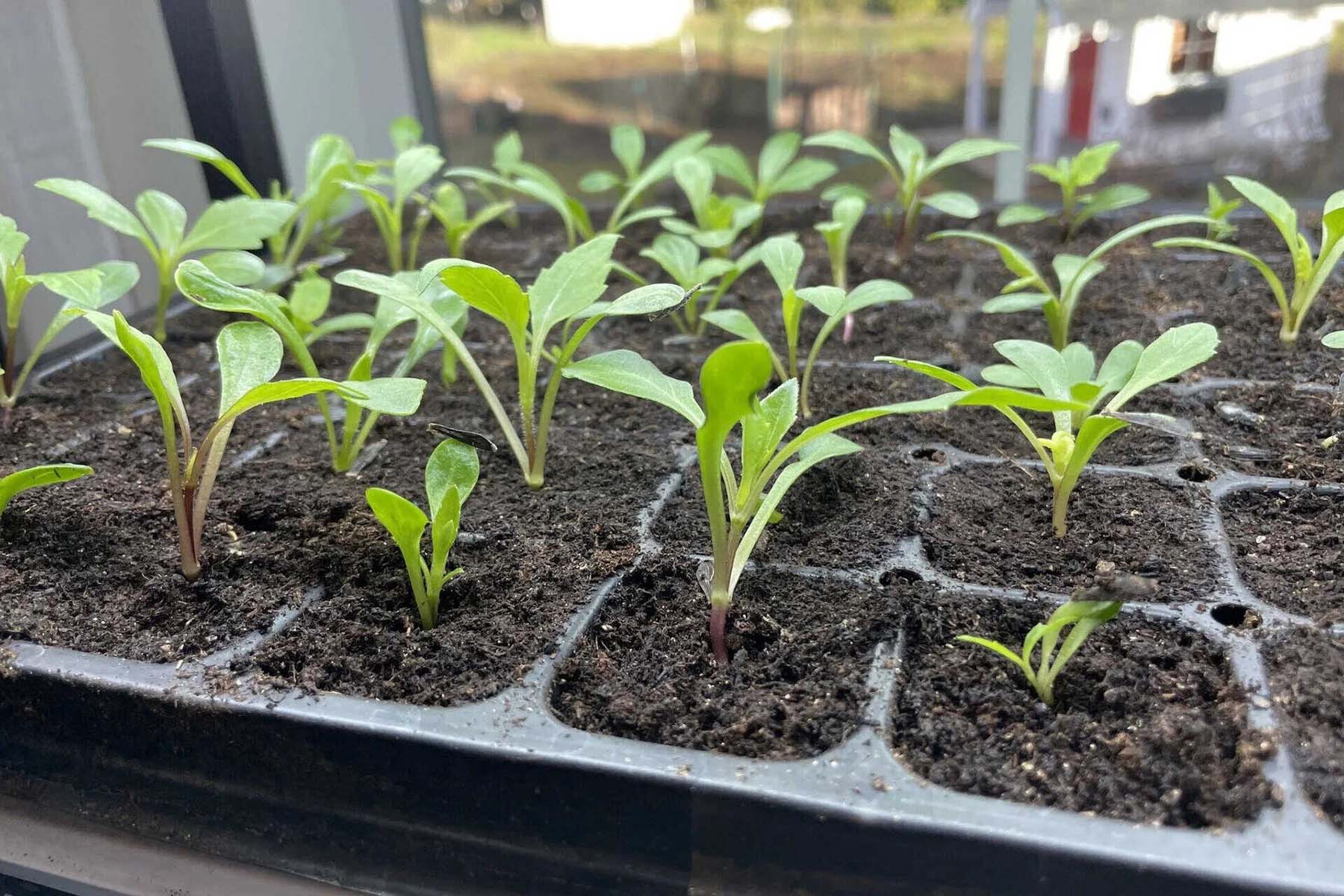

0 thoughts on “How To Grow Jalapeño Peppers From Seeds”